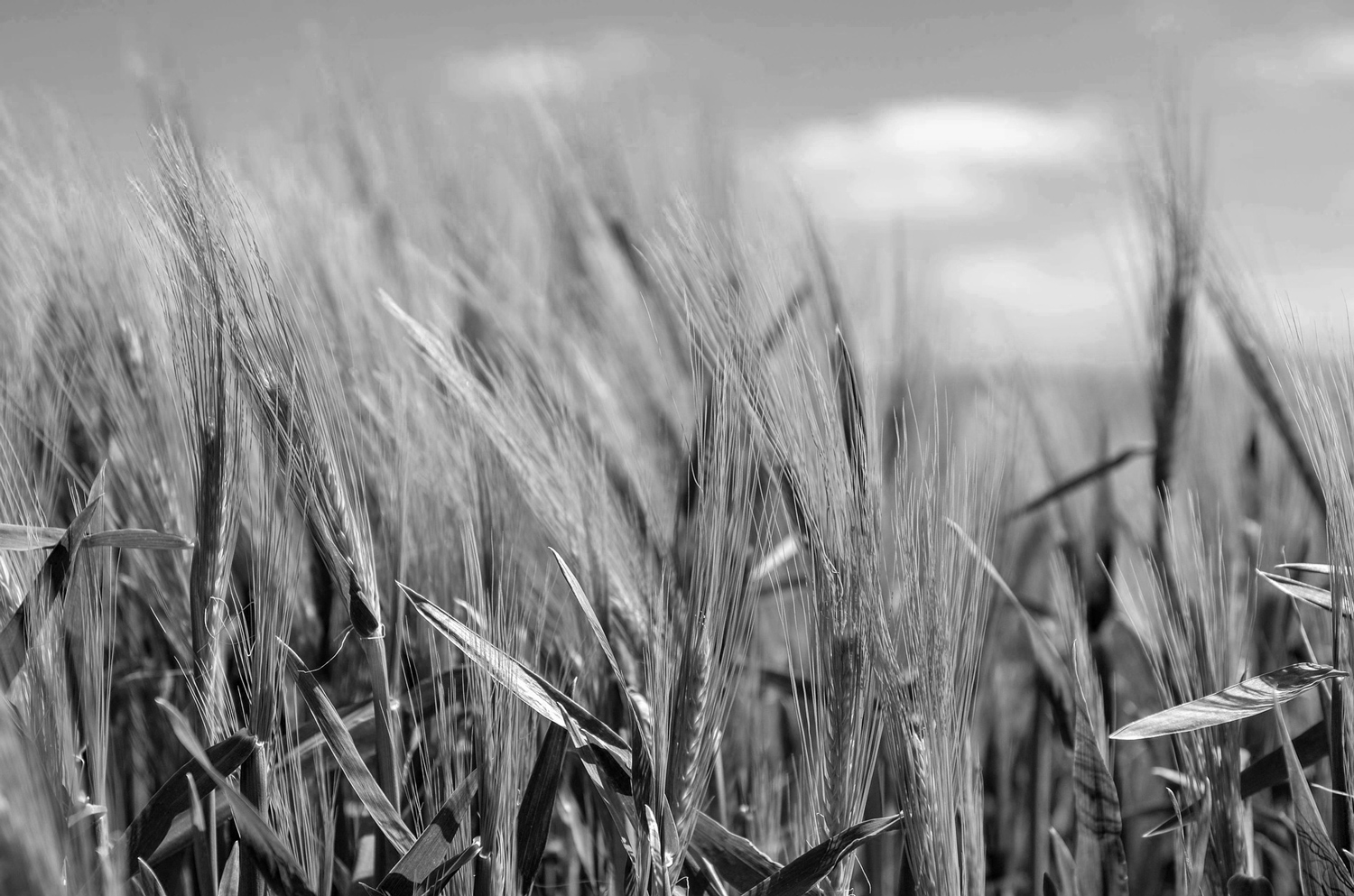By Brenda Duckworth
What financial information is most valuable for your farming operation? That question should be answered with another question: What decisions are you trying to make? Too often, farm managers gather tons of data, yet neglect to convert that data to useful information. This is not an oversight in most cases; rather, they simply don’t know how to start molding that data into usable information. The foundation for solid management information is having accrual-based cost of production data. From this point, your data has a much better start in becoming information.
Your true costs (inputs which produced the reported income should include more than just the direct costs, such as seed, chemicals, and fertilizer. Machinery, labor, and interest, as well as shop utility expenses, accounting and legal costs, and even management labor, should also be reflected in your cost of production. In fact, all farm expenses should be absorbed by the profit centers (or held in current assets on the balance sheet) by the end of the reporting cycle.
For crops that are not ready to harvest by the end of the reporting period, move the costs (direct and allocated) to the balance sheet (Investment in Growing Crops). Harvested crops that have not been sold should be held as Inventory on the balance sheet- at cost (direct, plus allocated).
The Farm Financial Standards Council has created guidelines to help you through this process. Also, professional help in implementing these guidelines could certainly pay off in the long run.
Brenda Duckworth is a Certified Public Accountant with Kennedy & Coe, LLC and has her Bachelor of Science in Agricultural Economics from Texas A&M University. She has specialized in management accounting for agricultural producers for over ten years.


